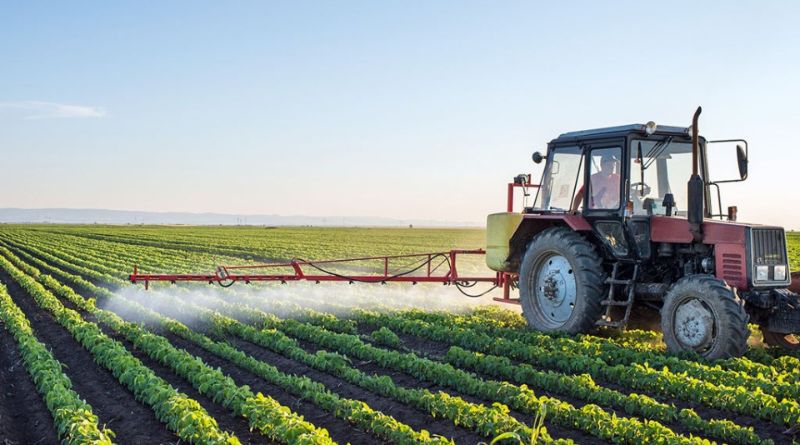The rural real estate sector is facing challenges like climate change, necessitating comprehensive land management strategies for economic security and ecological stewardship. Accurate resources provide detailed information on grants, financial incentives, environmental mandates, and land productivity enhancement. Leveraging these knowledge bases is crucial for sustaining land health and financial return in rural property investments.
Modern property owners are increasingly responsible for effective land management, as profitability and sustainability expectations demand an active, ongoing process. This involves overseeing farms, recreational estates, and rural holdings, optimizing value and preserving natural assets for future generations. Property owners seeking to maximize their investment and comply with shifting legal regulations are increasingly turning to trusted professionals like Iowa Land Company for specialized guidance. Today’s best practices integrate cutting-edge technology, environmentally sound stewardship, and comprehensive legal awareness, positioning informed owners to achieve lasting, meaningful results.
Embracing Technology in Land Management
The digital revolution has revolutionized land management by enabling precise mapping, soil analysis, and efficient planning. GIS technology allows owners to map their holdings, while drones enable real-time aerial surveys. Sensors monitor soil moisture and crop health, maximizing yield and minimizing waste. These technologies eliminate manual labor and allow smaller-scale owners to operate with industrial-grade insight. Automation can streamline irrigation, fertilization, and harvesting, reducing overhead and boosting profit margins while preserving resources.
Implementing Sustainable Practices
Sustainability is a growing focus in land management, addressing environmental and economic obligations. Regenerative agricultural techniques, native plant restoration, integrated weed management, and landscape features like rain gardens and drought-tolerant plantings help restore soil, reduce carbon emissions, and foster biodiversity. These sustainable practices reduce a property’s ecological footprint and make it more attractive to buyers and lessees who value green stewardship.
Understanding Property Rights and Legal Considerations
Land management requires extensive knowledge of property rights and legal frameworks. Owners must navigate complex networks of zoning ordinances, easements, mineral rights, and environmental statutes. Discrepancies can lead to disputes, loss of use, and threats to investment and productivity. Legal requirements for conservation easements, wildlife habitats, and agricultural practices are stringent, and noncompliance can result in penalties or operational delays. Engaging legal professionals is crucial for effective land management.
Developing a Comprehensive Land Management Plan
A successful landholding relies on a well-planned management plan that outlines objectives, resources, budgets, and performance metrics. This plan often involves collaboration with agronomists, conservationists, and specialists. Annual review ensures relevance and adaptability to regulatory updates, climate change, and market demands, ensuring productive and sustainable land use.
Proactive Maintenance and Monitoring
Regular maintenance is essential for property protection and functionality. Regular checks on fences, gates, and erosion control structures help catch problems early. Vegetation management practices maintain ecological balance and boost productivity. Digital tools like satellite imagery and sensor networks enable frequent monitoring of soil quality, pest outbreaks, and invasive plant encroachment, enhancing land resilience and operational efficiencies.
Leveraging Community and Governmental Resources
Landowners who engage with community organizations and government agencies often discover powerful tools to expand their management capacity. Participating in community-led conservation efforts or agri-environmental projects builds alliances and strengthens the area’s overall ecological integrity. Federal, state, and local programs—like those detailed in the USDA Conservation Programs—provide technical expertise, financial incentives, and, in many cases, assistance with regulatory compliance. Involvement with local land trusts can also facilitate access to grants, technical workshops, and ongoing peer support, all of which work to maximize benefits and ensure sustainable, community-driven land stewardship.






